#australia wildlife
Text

Cassowaries, the smaller, deadlier Australian Ratite.
While adult cassowaries are a smidgen shorter than their Emu Cousins, they weigh almost double and could break bone with a kick.
In reality Cassowaries are not out there chasing down innocents (Unless you're a dog but that might be due to dingoes/feral dogs rather than viscous intent). Cassowaries are solitary frugivores who only become aggressive while protecting young or if they associate people with food.
Much like emus, the dad does all the parenting! Miss Cassowary will lay her eggs and then move on to the next male.
(Also I'm not sure why they always get netted enclosures, if you know, let me know!)
7 notes
·
View notes
Video
youtube
Birds and Nature. #birds #youtube #cute
#youtube#birds#nature#nature lover#bird lovers#Australian Birds#Kookaburras Rye and Cutie#kookaburra#cute animals#wildlife#Australia#Australia WildLife#Summer#Relaxing#Christmas Video#Christmas Summer Holiday Video
2 notes
·
View notes
Photo
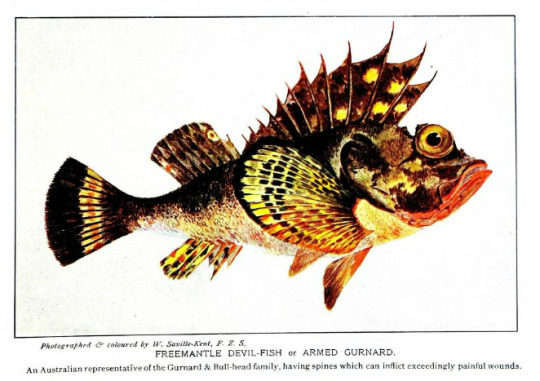
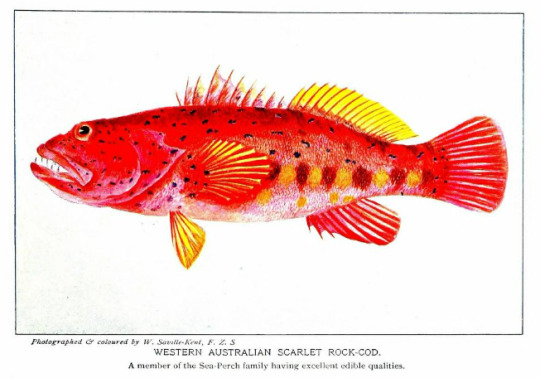
A Freemantle Devil-Fish or Armed Gurnard and a Western Australian Scarlet Rock-Cod taken from: The living animals of the world; a popular natural history with one thousand illustrations. 1902. Charles Cornish. Photographed and colored by W. Saville-Kent. https://newcatalog.library.cornell.edu/catalog/4090787
#fish#fishery#australia#australia wildlife#fishing#fish illustration#Vintage Science#science textbook#vintage textbook#zoology#water#scarlet rock-cod#armed gurnard#colorful fish#biology#life science
11 notes
·
View notes
Text
its dangerous to go alone. here, take these bilbies

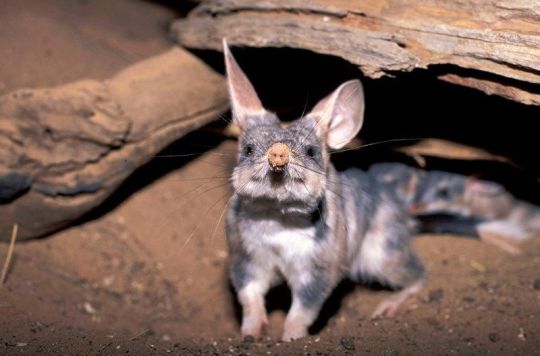
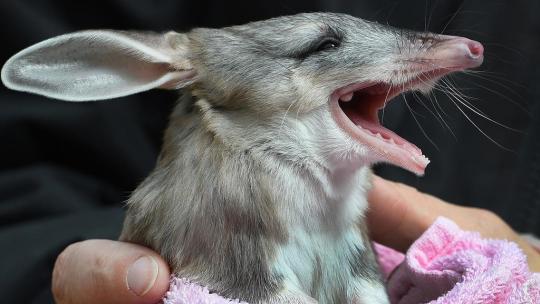
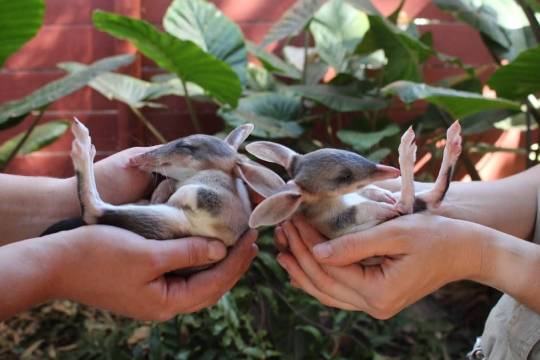
#bilbies#australian wildlife#bilby#dammit i was gonna blaze this i thought it was 10 bucks but apparently its 20 bucks in nzd and i can't justify that 😭#quite proud of the alt text on this one lol#australia#cute animals#it me#excellent creatures#creature feature
23K notes
·
View notes
Photo

A juvenile Yellow-Footed Rock Wallaby (Petrogale xanthopus) in Flinders Rangers, South Australia
by Julian Robinson
#yellow footed rock wallaby#wallabies#marsupials#macropods#Petrogale xanthopus#petrogale#macropodidae#Diprotodontia#marsupialia#mammalia#chordata#wildlife: south australia#wildlife: australia
16K notes
·
View notes
Text
Where do people get this misconception that every single wildlife case at a vet clinic is euthanased so it's better to not take them in even if they're obviously hurt or sick and in need of treatment?!?!
Friendly reminder that a member of the public should not be able to easily pick up or catch a wild animal. We are not in a disney movie. If you can pick it up*, 80% of the time its extremely hurt or sick.
Wildlife, and most animals for that matter, do not show pain as humans do. That does not mean they are not in pain and suffering.
Veterinarians only euthanase wild animals that are suffering from extreme injury or illness, or animals that would stress themselves to death in a hospital setting that cannot be released and survive in the wild with their issue.
We do euthanase some animals, but that's because it's the best welfare decision for that animal and its specific problem.
Maybe trust the professionals trained in providing treatment to animals instead of some Karen on Facebook who demonises vets because she can't understand a bird with multiple wing and shoulder fractures is very unlikely to regain flight and return to the wild and her plan of keeping it means it will live a life of chronic pain and suffering.
*Disclaimer: If you live in a country where diseases such as rabies are endemic, you should not handle wildlife at all if you are not trained or vaccinated. This post is not recommending members of the public handle wildlife in any country.
#vetblr#vetmed#wildlife vet#this post is not insinuating you should even pick up wildlife#noting if youre in a country with rabies obviously dont touch anything and call the respective service#however in australia we are extremely lucky to have minimal fatal infectious diseases in our wildlife#the point of this is euthanasia is a viable treatment option in some cases and its carefully chosen
2K notes
·
View notes
Text
The Best Places To Visit In Australia For Wildlife Enthusiasts
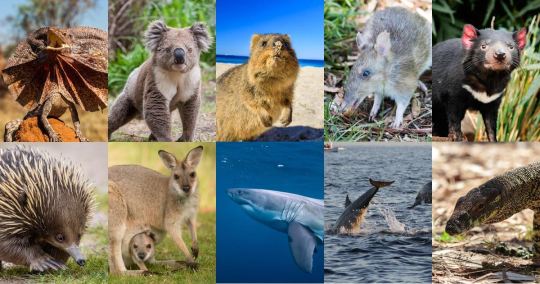
Australia is blessed with lovely sunny weather, spectacular natural landscapes, good wine, and a friendly, laid-back population. It is also well known for its unique flora and peculiar creatures, many of which are unique to Australia, like bioluminescent glow worms.
The phrase “our land abounds in nature’s gifts of beauty, rich and rare” from Australia’s national anthem describes the picture. Wildlife enthrals those who adore the outdoors. With millions of visitors each year, an increasing number of local and foreign visitors direct their animal senses toward some of the most well-known Australian wildlife areas. Numerous of these famous locations are also among Australia’s most attractive places to visit.
Endangered wildlife abounds, including the well-known koala and the vicious Tasmanian devil, as well as less well-known species like the echidna, bandicoot, quoll, and fairy penguin. But how can you even start to see Australian creatures in the wild in such a big country?
Whales and sharks Whether you like dolphins, penguins, camels, or horses as your favourite wildlife species, we have found the most incredible locations and unforgettable experiences for the greatest Australia wildlife holidays for animal lovers.
The Great Barrier Reef
This enormous structure, which is visible from space, is situated not far from Queensland’s shore. The reef, which stretches over 2300 kilometres, is home to numerous fascinating and endangered species. These seas are home to a wide variety of marine life, including clownfish, mantis shrimp, dugong, humpback whales, whale sharks, green turtles, blanket octopuses, and many others. You should have no trouble visiting this World Heritage Site if you want to dive, snorkel, or swim in the Great Barrier Reef and get up close and personal with some of the animals that dwell here because it is reachable by land, sea, and air.
More than 500 varieties of coral, more than 100 shark and ray species, six species of marine turtles, more than 30 species of marine mammals, and more than 215 bird species can all be found on the Great Barrier Reef.
You can cruise Michaelmas Cay, fly over Heart Coral, cruise Agincourt Reef, stay on Herron Island directly on the reef, or take a seaplane over Agincourt Reef to experience this astounding richness of species. A variety of lodging options are available on Hotels.com that provide access to the Great Barrier Reef’s stunning wonders.
Ningaloo Reef and Exmouth
The finest wildlife location in Australia to see whale sharks is here. Additionally, visible are manta rays and, of course, all the other reef dwellers. You want to go to Ningaloo Reef when you eventually find yourself in Western Australia. You will have the chance to go diving among some of the most beautiful marine life in existence at this World Heritage Site. For instance, Ningaloo Reef is home to the whale shark, the largest fish in the world. They are harmless, but they will undoubtedly make you gasp for air. Turtles, manta rays, and a variety of tropical fish live on the bordering coral reef.
Marine life loves Ningaloo Reef, which is their paradise. Every year, from April to July, whale sharks gather in enormous numbers in this one location alone, close to the beach. Information on the various trip choices for seeing these marine giants is available from the Exmouth Visitor Center.
In addition to the whale sharks, the reef is also home to six different kinds of sea turtles and manta rays. On their annual migrations between their breeding grounds in the warm tropical waters and their feeding sites in Antarctica, humpback whales stop at Ningaloo Reef.
The biodiversity at Daintree Rainforest, Queensland
The Daintree Rainforest in northern Queensland is the oldest rainforest on Earth and is home to a wide variety of unique plants and animals. It’s one of the best sites in Australia to watch animals because of this. Cassowaries, bandicoots, musky rat-kangaroos, rufous owls, sugar gliders, huge tree frogs, and many other animals can be found in this 180 million year old jungle.
BirdLife International has designated the Daintree Rainforest as an Important Bird Area (IBA), primarily due to the presence of a population of southern cassowaries there. Two endemic species of bowerbirds, gorgeous fairywrens, fernwrens, owls, kingfishers, and several other bird species all have habitat thanks to it.
It serves as a reminder of Australia’s hot, muggy past, which occurred millions of years ago, before the continent’s climate started to get drier and hotter. Choose a guided tour so that your knowledgeable guide can locate and point out the local fauna. Alternatively, maybe a river cruise through the mangroves is more your style.
Kangaroo Island
Kangaroo Island is a fantastic location to find wildlife in Australia where you may see animals and is home to kangaroos, birds, seals, sea lions, koalas, and many more.
It’s home to a variety of animals. This island is home to a variety of natural animals, including the Kangaroo Island kangaroo, the southern brown bandicoot, the short-beaked echidna, and six different types of bat and frog. Visit Hanson Bat Wildlife Sanctuary to observe koalas, wallabies, kangaroos, and more than 40 different bird species. Seal Bay is the place for you if sea lions are more your style. Kangaroo Island is easily accessible by ferry from Adelaide, and more than a third of it is protected as national parkland.
Some of the must-see locations are Seal Bay, where you can see sea lions, Admiral’s Arch, where you can see fur seals, Flinders Chase National Park, where you can see echidnas, platypus, and Cape Barren geese, American River, where you can see sea colonies, and Little Sahara, an island-wide area with dunes.
On Kangaroo Island, you can book accommodations where the amazing animals can be viewed out your window or even just outside your door. For information on the top animal locations on Kangaroo Island, go to this trip report.
Kakadu National Park
Kakadu National Park, which is situated in the Northern Territory, is a place with a unique ecosystem and biological population that you should not skip visiting. This protected national park has a great concentration of animals due to its four river systems, six primary landforms, including estuaries, lowlands, and stone country. For instance, Kakadu is home to 280 bird species, 117 reptile species, and about 70 mammal species, many of which are uncommon and endangered. The biodiversity of this area is simply breathtaking, with species like the Australian darter, the red goshawk, the distinctive frill-necked lizard, and the nimble wallaby.
You might not be able to see all the animals you were hoping to observe due to the sometimes harsh weather conditions and the fact that many of the species are nocturnal. There are no commercial flights to the national park, so the only way to get there is to travel to Darwin or Alice Springs and then drive from there. Everything from camping to hotels and cabins is accessible in terms of lodging.
There are 90- and 120-minute cruises along the Yellow Water Billabong offered by Yellow Water Cruises. Numerous species of wildlife are present throughout the vast marshes. Kakadu is, therefore, the place to go if you enjoy a daring trip close to crocodiles that eat flesh.
Read Full Article: The Best Places To Visit In Australia For Wildlife Enthusiasts
0 notes
Text

New Holland honeyeater
benjamingoode
530 notes
·
View notes
Text
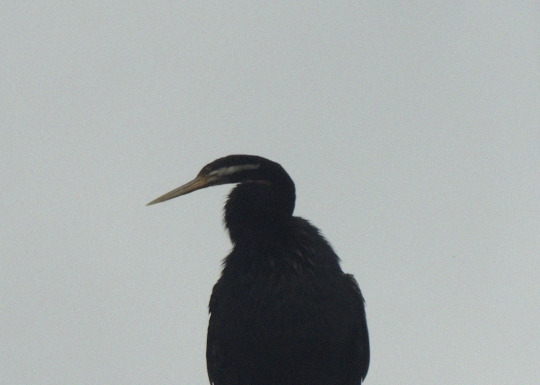



Look at this guy
431 notes
·
View notes
Text

#IFTTT#Flickr#superbfairywren#maluruscyaneus#superb#fairywren#malurus#cyaneus#shepherdsbush#melbourne#victoria#australia#shepherds#bush#bird#wild#wildlife#animal#nature#canon#2021#r5#stick#perch#forest#tree#jonodashper#jonathondashper#wildlifephotography#naturephotography
478 notes
·
View notes
Text
youtube
#kookaburra#Birds Feeding#Cute Birds Feeding#Wildlife#beauty#Fashion Summer#like#women who love birds#birds#animals#cute#youtube#wildlife#Australia WildLife#Bird Sounds#Wild Birds#Summer Video#Christmas#Christmas Time#Holiday#Sunny DAY#Foodlover#Cute Animals Happy#Happy Birds#kookaburras feeding#trees#plants#kookie#Burb#urban wildlife
1 note
·
View note
Text

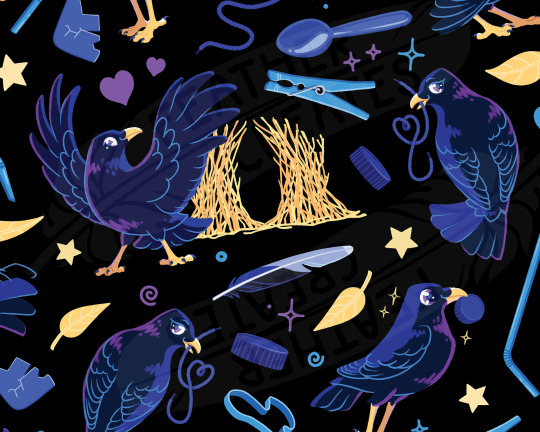

becky lemme smash
please
(a.k.a. I found a Satin Bowerbird bower down by my local creek and was a little bit inspired. XD)
Stickers, pattern goodies and more can be found on my Redbubble store here!
#satin bowerbird#bowerbird#meme#lemme smash#australian animals#aussie animals#birds#australian bird#native birds#wildlife#australia#bower#blue#purple#trash#rubbish#trinkets#knick knacks#becky lemme smash#TBH this wasn't just about the meme potential but I couldn't do stickers without it :P#looking forward to doing more aussie birds in this style!!
461 notes
·
View notes
Text
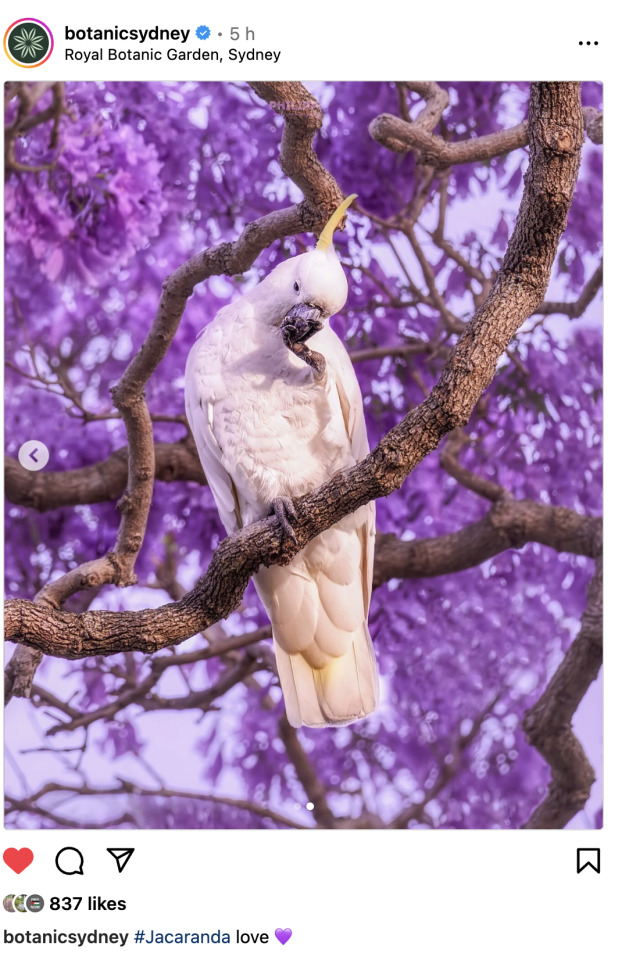
It's hard to believe this isn't a painting or digital art, the composition is so perfect! I would love to visit Australia one day and see these amazing plants and animals in person.
Source: Royal Botanic Garden, Sydney Australia Instagram page
#purple#jacaranda#cockatoo#parrot#flowering tree#tree#botany#composition#beautiful#photography#nature photography#botanical garden#australia#wildlife#animal photography
925 notes
·
View notes
Text

A barn owl (Tyto alba) perches in the trees in Stirling Ranges, Western Australia
by John Anderson
#barn owl#owls#raptors#birds#tyto alba#tyto#tytonidae#strigiformes#aves#chordata#wildlife: australia#wildlife: oceania
4K notes
·
View notes
Text

Thylacine studies from the colorized footage.
#thylacine#tasmanian tiger#tasmania#extinct species#extinct animals#wildlife illustration#wildlife art#marsupial#animal art#zoology#animal studies#animal artist#tasmanian wolf#australia#australian wildlife#australian animals
339 notes
·
View notes
Text

Short Beaked Echidna, Kangaroo Island, SA, Australia
By Lucca Amorim
#lucca amorim#photographer#short beaked echidna#echidna#nature#kangaroo island#animal#mammal#wildlife#south australia#australia
458 notes
·
View notes